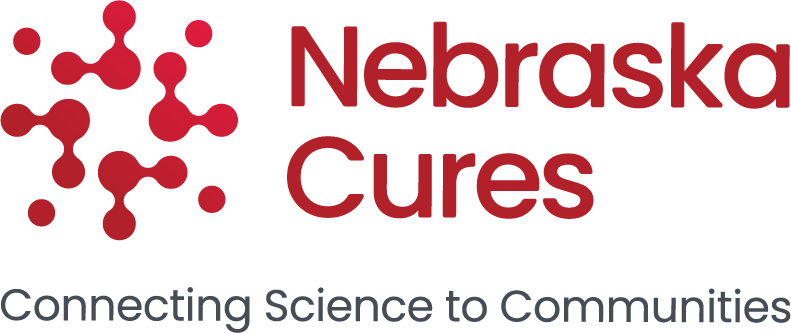Facts & Myths About Stem Cells
Other stem cell applications are the use of skin progenitor cells for burns, and the use of limbal stem cells, which reside in the cornea, for injury of the cornea. Despite intensive research, no therapies are available yet using embryonic stem cells, although three clinical trials, to treat spinal cord injury, type I diabetes and a certain type of blindness respectively are currently underway. Initial reports from these clinical trials have not shown and “adverse events” and appear promising.
However, with the exception of the treatments discussed here, the use of “stem cell therapies” to treat many other devastating diseases and has not been shown to be safe or effective. Indeed, the proliferation in the US and abroad, of “Stem Cell Clinics” that offer treatments for everything from impotence to autism has become a significant problem. Patients are advised to avoid such clinics. The International Society for Stem Cell Research has valuable guidance in that regard.
